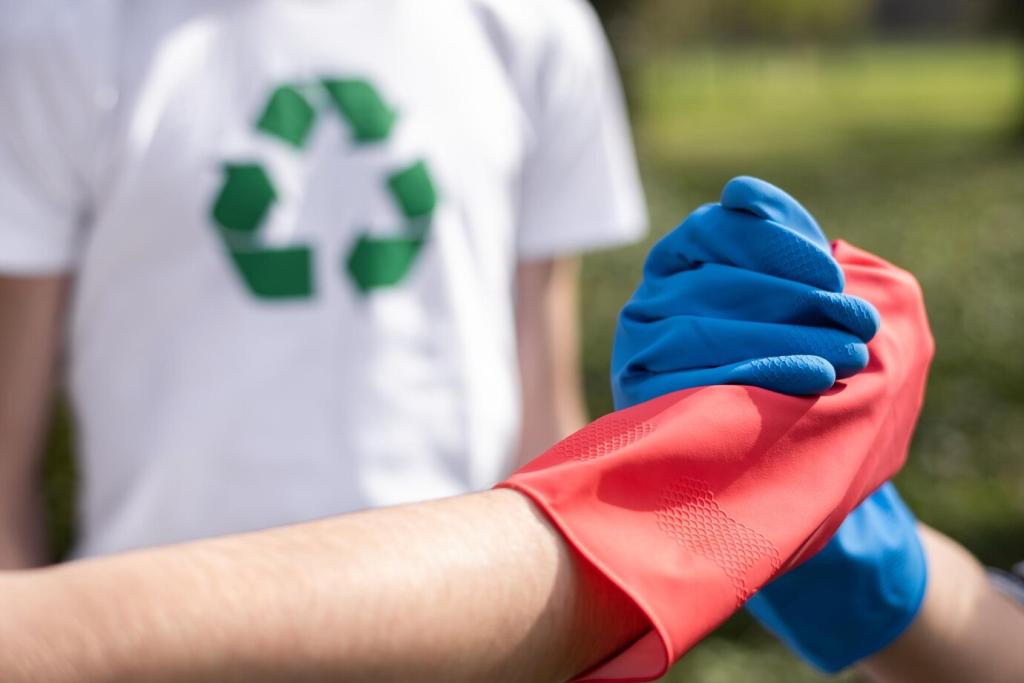Fresh, Safe, and Sustainable: Green Cleaning Tips for Wood and Upholstery
Know Your Surfaces: Wood Grains and Fabric Weaves
Finish Matters on Wood
Oil-finished, waxed, lacquered, and polyurethane-sealed woods each respond differently to cleaners. Always clean with the grain and start mild. Avoid strong acids on shellac, and test natural polishes on a hidden patch before committing.
Fabric Fibers and Colorfastness
Cotton, linen, wool, microfiber, and polyester blends need different care. Do a white-cloth blot test with water first. If color transfers, avoid heavy moisture. Choose plant-based surfactants and gentle blotting instead of vigorous scrubbing.
The Patch Test Ritual
Test your solution in an inconspicuous spot and wait twenty-four hours. Look for dulling, residue, or color change. This patient step saves heirlooms, especially when using vinegar, soap, or gentle enzyme cleaners on precious surfaces.
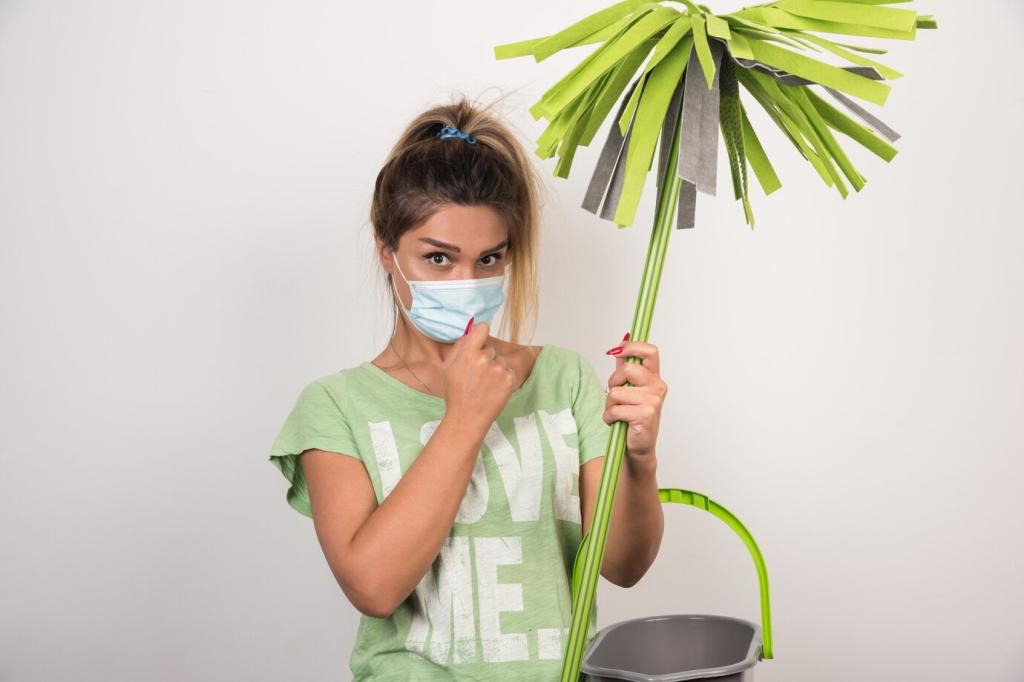

Build Your Green Cleaning Kit
Keep distilled white vinegar, baking soda, liquid castile soap, and a light oil like fractionated coconut or food-grade mineral oil. Vinegar cuts mineral grime, soap lifts soil, soda deodorizes, and oil conditions sealed wood surfaces beautifully.
Build Your Green Cleaning Kit
Use microfiber cloths for dusting, a soft-bristle brush for fabric nap, and a vacuum with a HEPA filter and upholstery tool. Gentle passes protect fibers, while crevice tools pull dust from seams and tufting without abrasion.
Gentle Wood Care Routines
Dust along the grain using a dry microfiber cloth. For stubborn areas, barely mist the cloth with water, never the wood. Immediately buff dry to prevent moisture marks and to maintain a soft, natural luster.

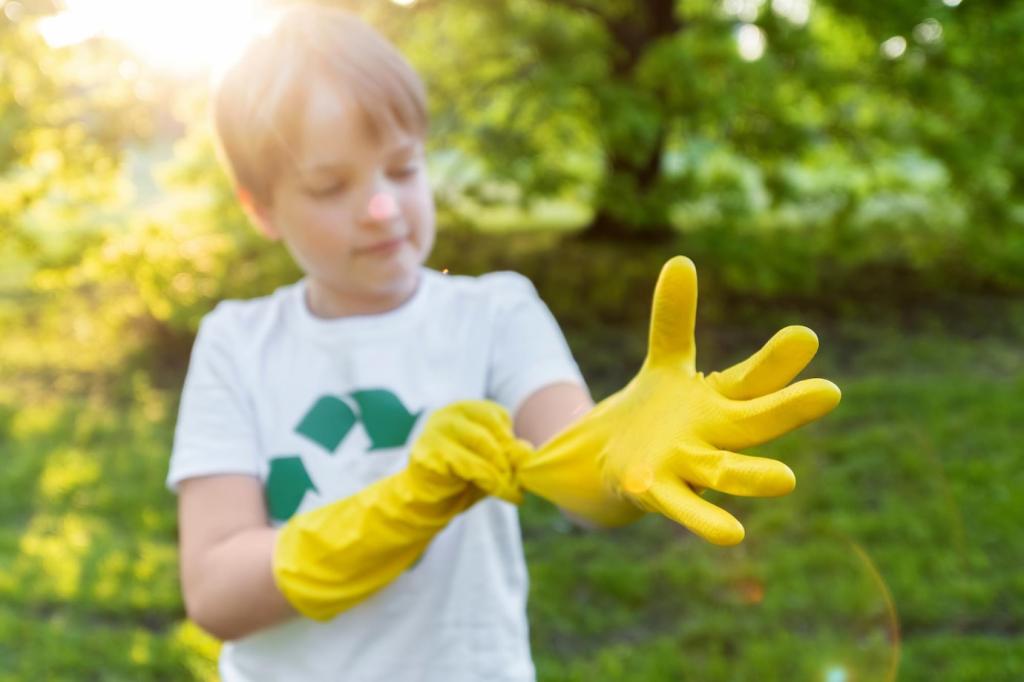
Blot, Don’t Rub
Blot spills immediately with a clean, white cloth to prevent spreading. Rubbing drives pigment deeper. For fresh stains, a little sparkling water helps lift residues. Replace cloth sections frequently to avoid re-transferring color.
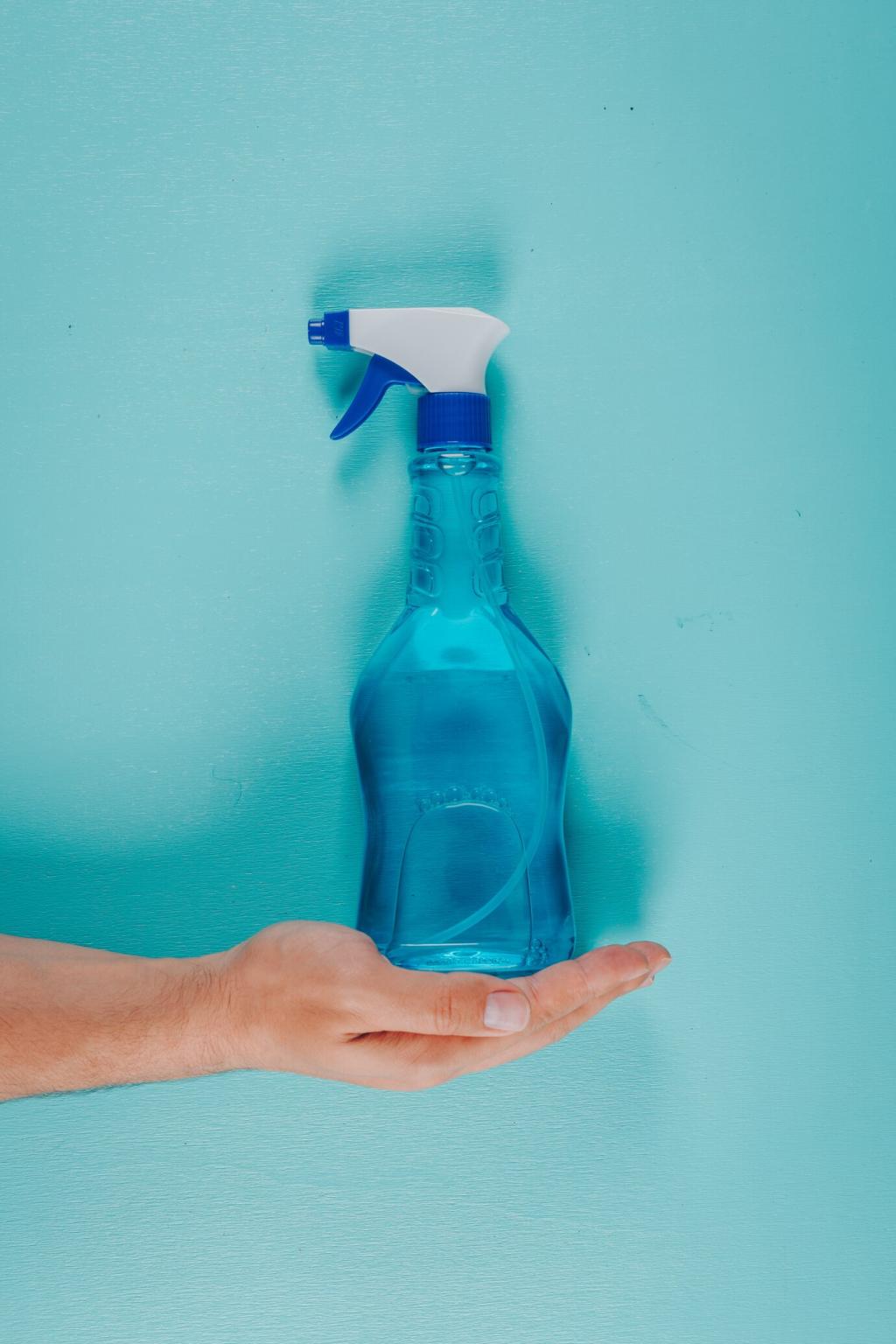
Plant-Powered Stain Solutions
Use diluted castile soap for general soil, a plant-based enzyme cleaner for protein stains, and cornstarch to absorb fresh oils. When my toddler decorated the armrest with marker, gentle soap, patience, and steady blotting saved the day.
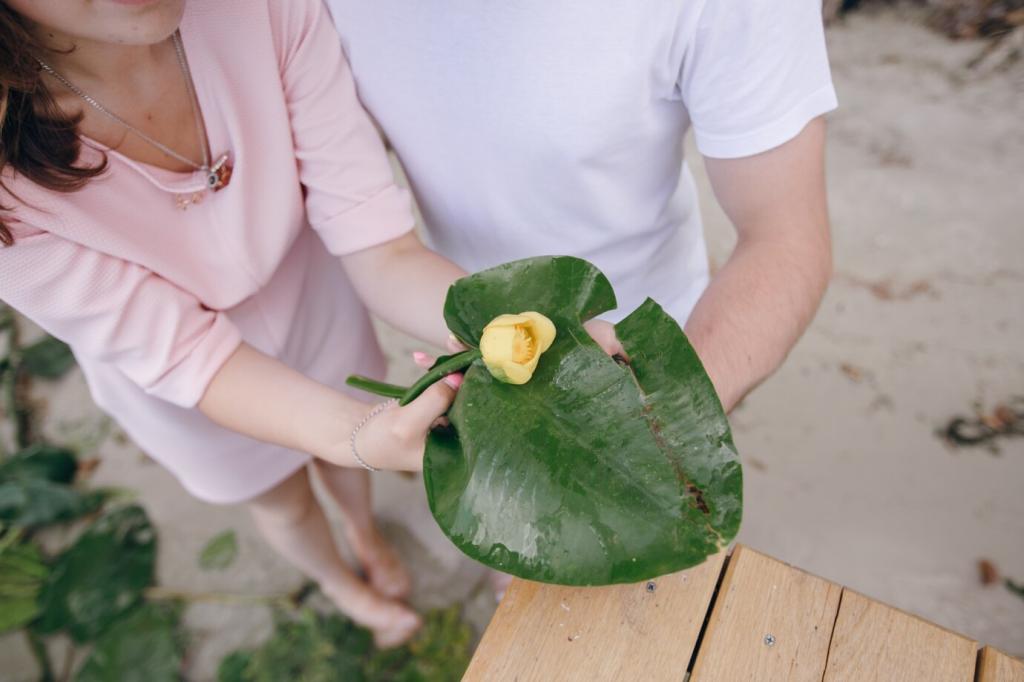
Deodorizing and Freshening
Lightly sprinkle baking soda, wait thirty to sixty minutes, then vacuum thoroughly. Air cushions in indirect sunlight to discourage odors. A faint mist of vodka can neutralize smells, but always patch test delicate fabrics first.
Allergy-, Kid-, and Pet-Friendly Practices
Air Quality and Allergen Control
Vacuum upholstery weekly with a HEPA filter, especially under cushions and along seams. Wash removable covers regularly. Choose unscented formulas, and open windows after cleaning to vent moisture and airborne particles for fresher indoor air.
Pet Messes the Green Way
Blot urine first, then apply a plant-based enzymatic cleaner to break down odor. Skip ammonia, which smells like urine to pets. Our rescued pup stopped remarking the couch after we switched and thoroughly neutralized old scents.
Mold and Mildew Prevention
Keep humidity between forty and fifty percent, use a dehumidifier in damp seasons, and increase airflow behind furniture. For light fabric spots, 3% hydrogen peroxide can help—patch test, apply sparingly, and never combine with vinegar.

